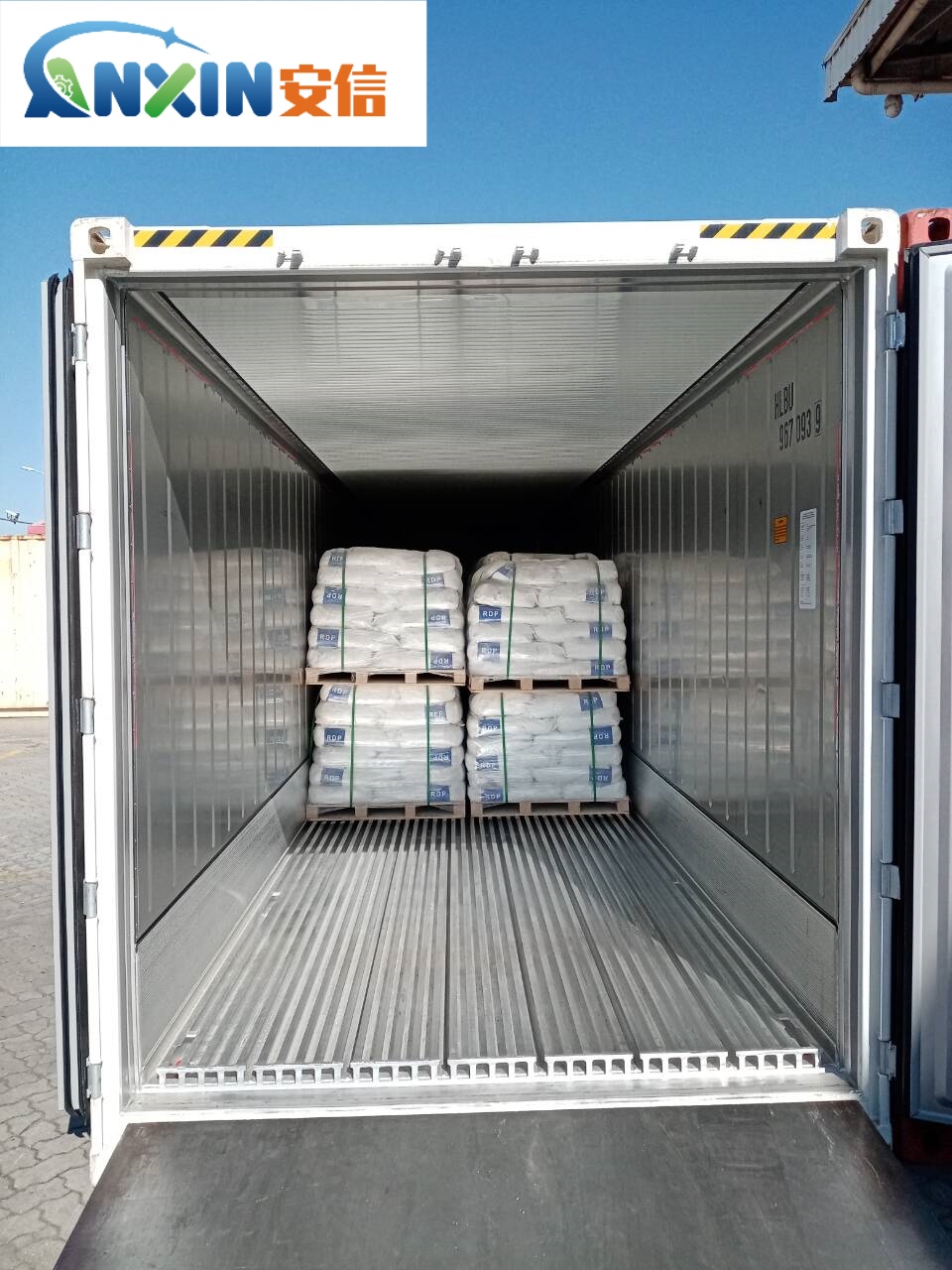Basic knowledge of Redispersible Polymer Powder(RDP)
Redispersible Polymer Powder(RDP) play a vital role in various industries, ranging from construction to pharmaceuticals. These powders are finely ground polymers that can disperse in water, forming a stable colloidal suspension.
Properties of Redispersible Polymer Powder(RDP):
Particle Size: Redispersible Polymer Powder(RDP) typically have a particle size ranging from a few micrometers to tens of micrometers. The small particle size ensures uniform dispersion in water, facilitating their application in various formulations.
Chemical Composition: RDPs are primarily composed of synthetic polymers such as polyvinyl acetate (PVA), polyvinyl alcohol (PVOH), ethylene vinyl acetate (EVA), and acrylic polymers. These polymers impart specific properties to the powder, such as adhesion, flexibility, and water resistance.
Water Solubility: One of the key characteristics of RDPs is their ability to disperse and dissolve in water, forming a stable colloidal suspension. This property makes them highly versatile in formulations where water is the primary solvent.
Film Formation: Upon drying, Redispersible Polymer Powder(RDP) form a cohesive film, which adheres to the substrate surface. This film provides various functionalities depending on the specific application, such as bonding, sealing, or coating.
Rheological Properties: RDPs influence the rheological behavior of aqueous systems, affecting factors such as viscosity, flowability, and stability. Proper control of these properties is essential for achieving desired application performance.
Manufacturing Process:
The manufacturing process of Redispersible Polymer Powder(RDP) involves several stages, including polymer synthesis, emulsion polymerization, drying, and grinding.
Polymer Synthesis: Synthetic polymers are typically synthesized through chemical reactions involving monomers. The choice of monomers and reaction conditions determine the properties of the resulting polymer.
Emulsion Polymerization: In this process, the polymerization reaction takes place in an aqueous emulsion, where monomers are dispersed in water using surfactants or emulsifiers. Polymerization initiators trigger the reaction, leading to the formation of polymer particles suspended in the emulsion.
Drying: The emulsion containing polymer particles is subjected to drying, where water is removed to obtain a solid polymer mass. Various drying techniques such as spray drying, freeze drying, or oven drying may be employed.
Grinding: The dried polymer mass is then ground into fine particles to achieve the desired particle size distribution. Grinding mills or pulverizers are commonly used for this purpose.

Applications of Redispersible Polymer Powder(RDP):
Construction: RDPs are extensively used in construction materials such as tile adhesives, grouts, self-leveling compounds, and cementitious renders. They enhance adhesion, flexibility, and water resistance of these formulations, improving their performance and durability.
Paints and Coatings: In paint formulations, Redispersible Polymer Powder(RDP) serve as binders, providing adhesion, toughness, and scrub resistance to the coating film. They are also used in primers, sealants, and elastomeric coatings.
Pharmaceutical Formulations: RDPs find applications in pharmaceutical formulations such as controlled-release tablets, drug coatings, and oral suspensions. They act as film-forming agents, stabilizers, or matrix materials, enabling controlled drug release and improved bioavailability.
Personal Care Products: Redispersible Polymer Powder(RDP) are incorporated into personal care products such as hair styling gels, creams, and lotions to impart rheological control, stability, and film-forming properties.
Textile and Paper Industries: In textile finishing and paper coating applications, RDPs enhance fabric stiffness, tear resistance, printability, and surface smoothness.
Environmental Considerations:
While Redispersible Polymer Powder(RDP) offer various benefits in terms of performance and versatility, their production and use raise environmental considerations.
Raw Material Sourcing: The production of synthetic polymers requires petrochemical feedstocks, which are derived from non-renewable fossil fuels. Efforts to develop bio-based polymers from renewable resources are underway to reduce dependence on fossil fuels.
Energy Consumption: The manufacturing process of Redispersible Polymer Powder(RDP) involves energy-intensive steps such as polymer synthesis, emulsion polymerization, and drying. Improvements in process efficiency and adoption of renewable energy sources can mitigate energy consumption and greenhouse gas emissions.
Waste Management: Proper disposal and recycling of polymer waste generat
ed during production and use are essential to minimize environmental impact. Biodegradable polymers and recycling initiatives can help address waste management challenges associated with RDPs.
Redispersible Polymer Powder(RDP) play a crucial role in various industries due to their unique properties and versatile applications. Understanding their properties, manufacturing process, applications, and environmental considerations is essential for optimizing their use while minimizing environmental impact. Continued research and innovation in polymer science and technology are expected to further enhance the performance and sustainability of Redispersible Polymer Powder(RDP) in the future.
Post time: Apr-09-2024